Feet, Don’t Fail Me Now: Training for STWM
Two weeks ago I was on my way to pick my kids up at daycare and I ran into a friend, giving it. He had a yellow bandana on, yellow tank top from the Chicago Marathon, and his tattoos were blazing. I was jogging, loping, thinking about other things. He was RUNNING. We looked like different species. Man, I thought, channeling When Harry Met Sally: “I’ll have what he’s having.” And then and there I reached a decision: I’m not too old to PB. I can and will train for a fall marathon. My fastest days are in front of me. I’m all in. Let’s go.
I had been on the fence about ever racing again. I’m 41. My kids are almost 2 and 4. I’m tired. I’m busy. I’m old. I don’t want to get injured. I’m trying so hard in every aspect of my life, do I really want to make running another thing that I’m working at? Can’t I just run lazy laps around my neighbourhood, listen to Paul Simon, and leave my watch in a drawer? Besides, I ran the Ottawa Marathon without racing. I went slow at the beginning. Had no finishing time in mind and, when pushed, thought I might do it in something like 3:45. I hadn’t been training, I’d been teaching a clinic and believe me when I say I had more burgers than bananas since the fall.
I loved running Ottawa. I gave out more high fives than the Pan Am games mascot and had the most drastic negative split of my running career—turns out, with people cheering on a beautiful day after a warm-up, I can still drag a 3:15 from my lazy bones and retire in good enough shape afterwards to catch a plane for Toronto and put my children to bed. Why not run that way all the time? Why risk life and limb when it will only change my time, at best, by 15 minutes and one second? My mind was made up. Chris McDougall, my running hero, the Born to Run guy, stopped racing. He told me that as a dad and an author in his 50s, he’s happy that he’s even running. Why wear a watch when you can count your blessings on a beautiful afternoon?
Well, when I saw my buddy, the reason became clear: he was having FUN! It’s fun to train, to be on a mission, to have a goal and to push yourself beyond where you’ve been before. It’s fun to hurt. It’s fun to struggle. It’s fun to improve, to try things, to eat more bananas than burgers and practice discipline. And guess what? When I saw Chris again in Toronto, when he had a new book to promote and we got to talking, he told me that he too was reentering racing! Curiosity had got the best of him. What is the most he could give?
And so now I’m two weeks into training with my buddy in the tattoos and yellow bandana. On our first week, we did mile repeats and last night we did 20K, with a negative split at my half marathon pace for the final ten. I’m currently batting 50% at reaching the target performances. It’s been awesome. Running paths that I’ve been on hundreds of times have become race tracks. My watch is again my best friend. It’s helpful to have a partner when you begin seriously training. No way I could push myself like we’ve been pushing on my own. And this guy’s tall, crazy long strides to take us out of the gate fast enough to reach split times. Also: so far, no injuries to report.
Scotiabank Toronto Waterfront Marathon is the first marathon I ever ran, back in 2009. I’ve done nine since, including one in Jerusalem. The fastest I ever ran one is 3:00:19, last year at STWM, for people who care about that. I thought that was as fast as I was ever going to do it. But you know what? It isn’t. Not even close. I’m dusting off my racing shoes and starting up this blog again. I’m back, as they say, in the saddle again.
It’s going to be so much fun.



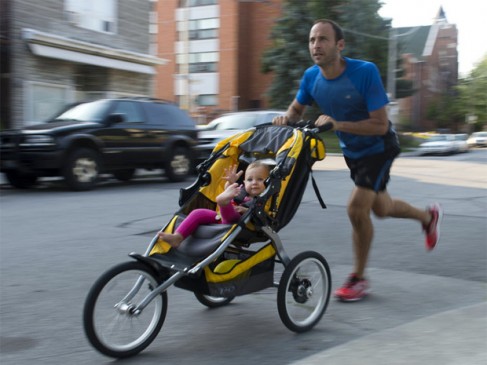

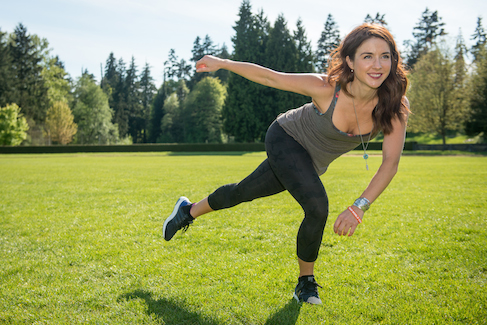

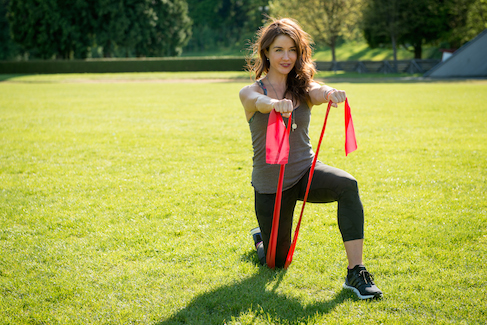
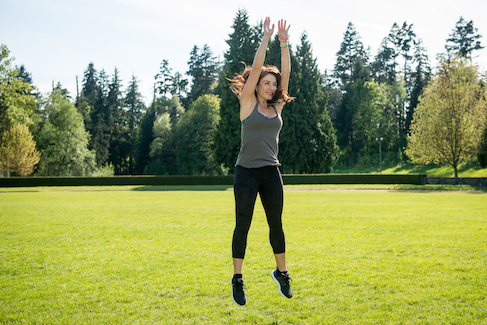
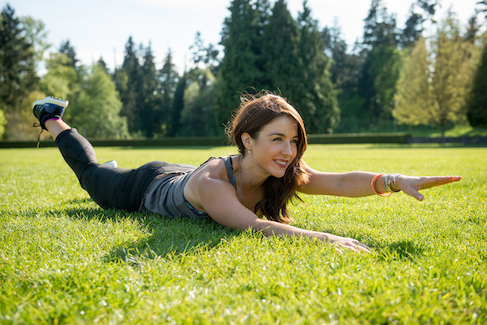





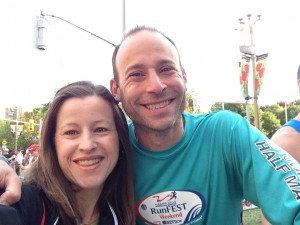
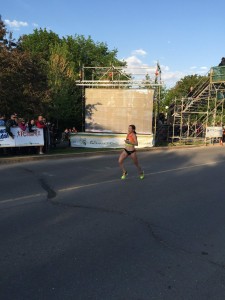

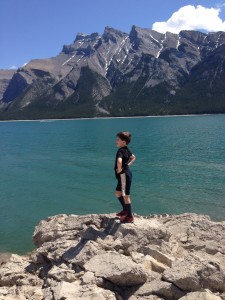
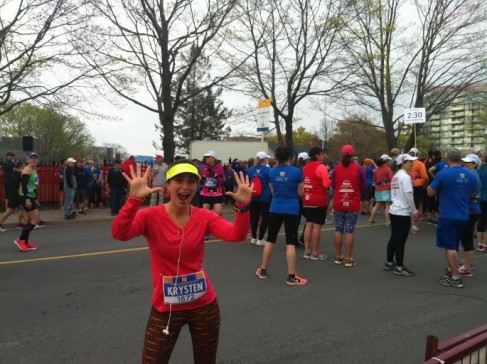


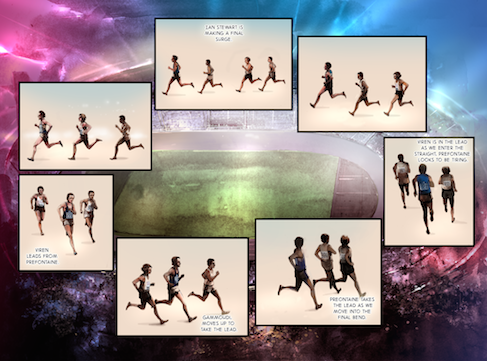


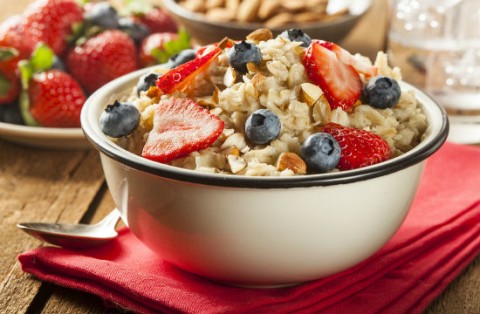
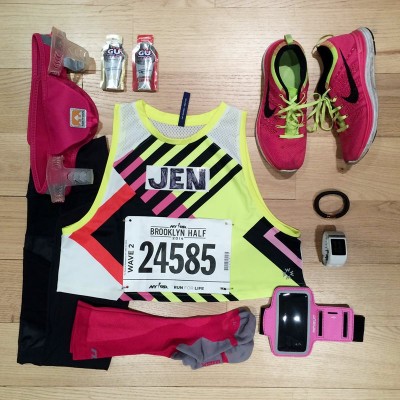


 Our Magazine
Our Magazine
